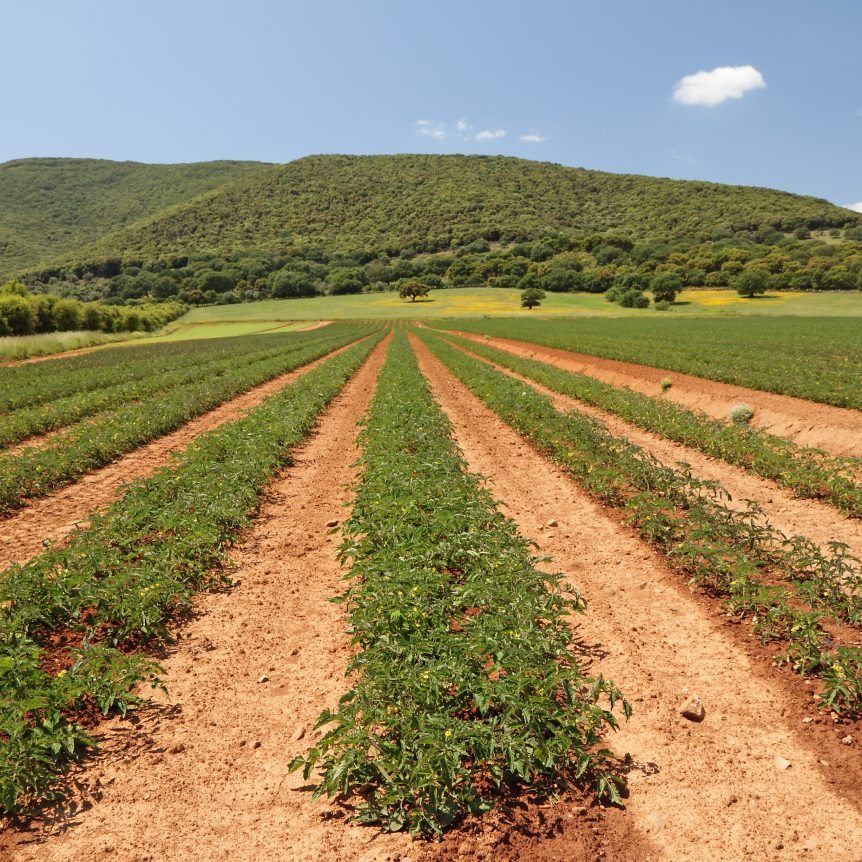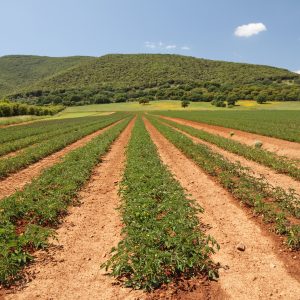A new fusarium issue is creating some significant concern for tomato producers. Dr. Cassandra Swett of UC Davis is referring to the pathogen as fusarium falciforme. Swett is a Cooperative Extension Specialist in the Department of Plant Pathology, specializing in vegetable and field crop diseases. The main concern is that the pathogen is causing vine decline between 45 and 60 days of planting.
“These vine decline-affected plants suffer major yield losses,” said Swett. “In some cases, those yield losses are so severe that growers are abandoning sections of fields or even in some rare cases whole fields because it’s not economically viable for them to spend the money to harvest them.”
Swett has been conducting diagnosis efforts to help get a better understanding of the pathogen over the past four years. Fusarium falciforme has been recovered in nine counties representing the bulk of processing tomato-producing regions. Based on diagnostic lab data, the pathogen has been documented in over 100 fields across California. While there are no known management tools available at the moment, some progress has been made looking at commercial cultivars and how they perform in fields that are infested with fusarium falciforme. “We have several that are performing really well. They don’t develop vine decline at as high of incidence and their yields are good in terms of industry standards,” Swett explained.
There have also been some successes in chemical management research. Some chemical treatment strategies appear to help mitigate some of the impacts of fusarium falciforme. While not a cure-all, the studies show that a chemical approach can help reduce economic impacts. Several other areas of research will continue moving forward. Work will begin this year looking at crop rotations and how they impact disease pressures.
“We need to develop integrated tools which combine together chemicals, cultivar resistance or tolerance, as well as other methods,” said Swett. “There are many methods that we are considering adding to this integrated management toolkit.”











